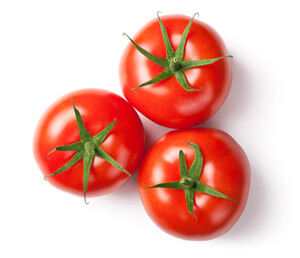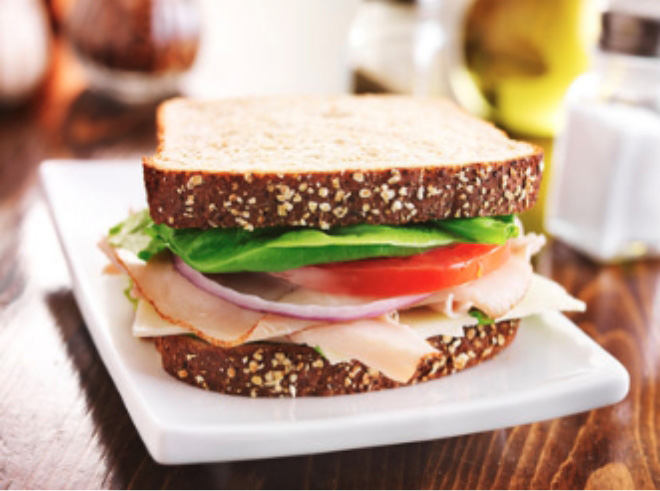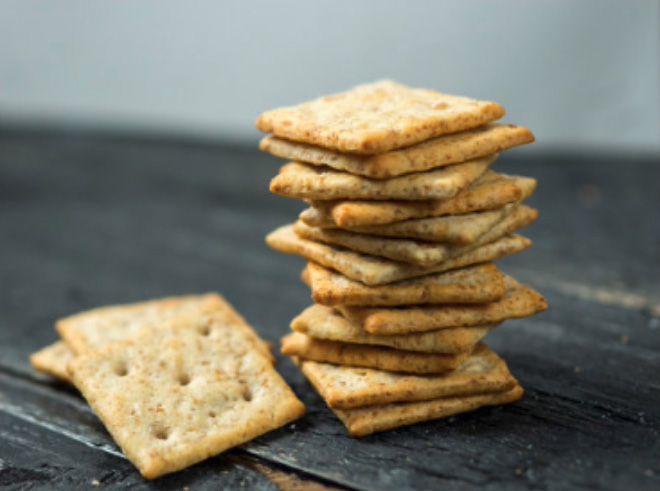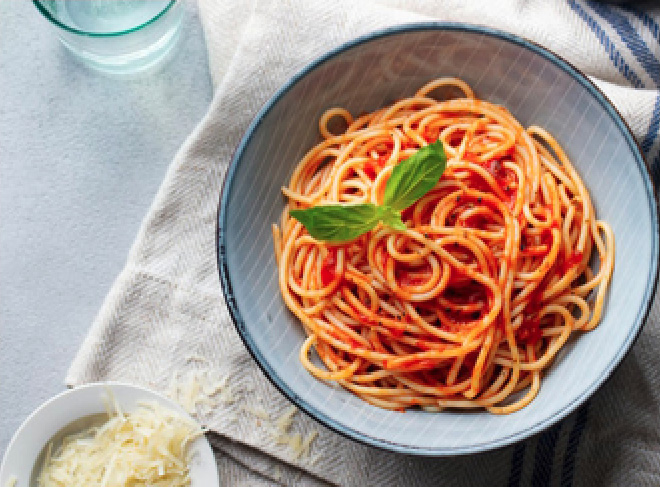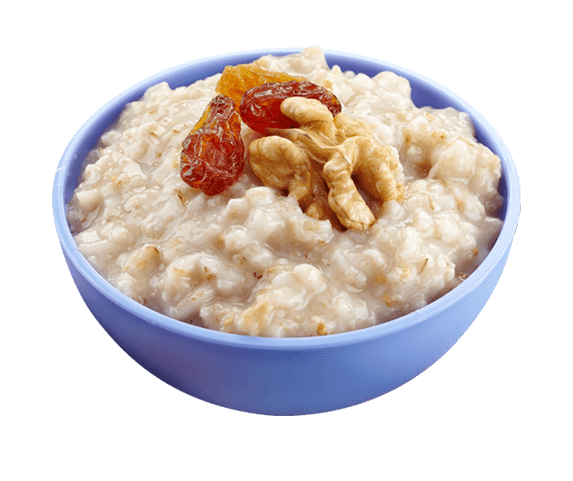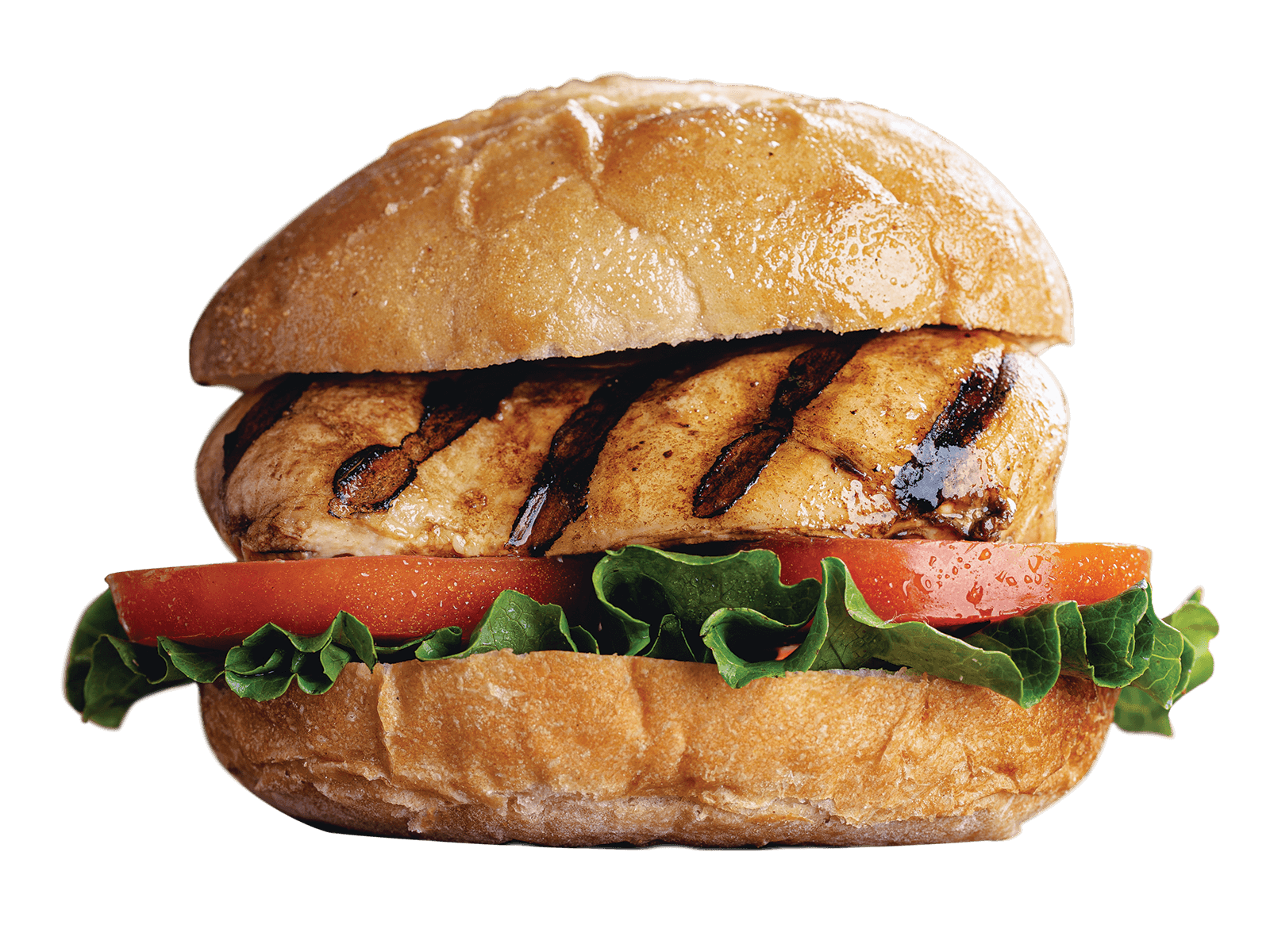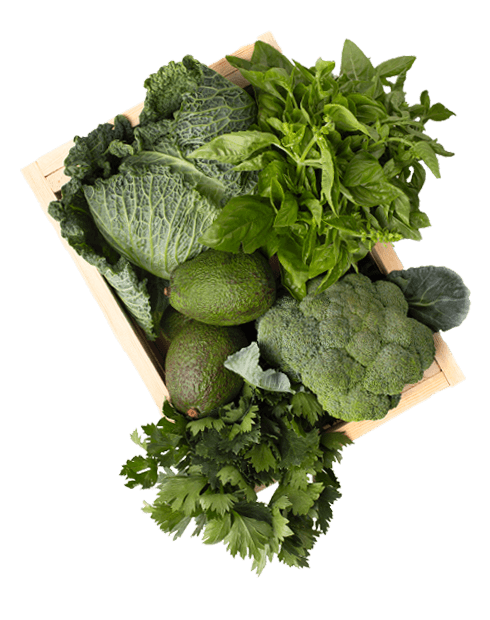How Much To Eat Each Day
Below is a table to show you the foods and amounts that are right for you. When you are breastfeeding, you need slightly more food. The additional servings in the table help you get the nutrients that you need. This is a general guideline. You may need more or less food.* For a personal daily food plan, visit MyPlate.gov/myplate-plan
Eat regular meals and choose a variety of whole grains, vegetables, fruits, dairy and protein.
*Based on a 2,000 and 2,400 calorie diet.














